How To Grow
Title: How to Grow
Introduction:
Have you ever wondered how to grow? Whether you're talking about growing taller, growing a business, or growing as a person, there are some key principles that can help you achieve your goals.
In this blog post, we'll explore some of the most important factors that contribute to growth. We'll also discuss some specific strategies that you can use to reach your full potential.
Main Content:
One of the most important factors for growth is nutrition. When you eat a healthy diet, you're providing your body with the nutrients it needs to repair and rebuild itself. This is essential for growth, both physically and mentally.
Another important factor for growth is exercise. Exercise helps to strengthen your muscles and bones, which can make you taller and stronger. It also helps to improve your circulation and respiratory system, which can give you more energy and focus.
Sleep is also essential for growth. When you sleep, your body produces growth hormone, which helps to repair and rebuild your cells. Getting enough sleep is especially important during your childhood and adolescence, when your body is still growing rapidly.
In addition to nutrition, exercise, and sleep, there are a few other things you can do to promote growth. These include:
- Managing stress. Stress can inhibit growth, so it's important to find healthy ways to manage stress, such as exercise, relaxation techniques, or spending time in nature.
- Staying hydrated. Staying hydrated is important for overall health, and it can also help to promote growth. Aim to drink plenty of fluids throughout the day, especially water.
- Getting enough sunlight. Sunlight helps your body produce vitamin D, which is essential for growth. Aim to get 15-30 minutes of sunlight exposure each day.
Conclusion:
Growing is a natural process, but there are some things you can do to promote it. By following the tips in this blog post, you can give your body the best possible chance to reach its full potential.
Garden phlox (Phlox paniculata) is a popular perennial flower that blooms in a wide range of colors, from white to pink to purple. It is a relatively easy plant to grow, and it is well-suited for gardens in USDA hardiness zones 3-8. Garden phlox prefers full sun and moist, well-drained soil. It is important to deadhead spent blooms to encourage new growth and prolong the flowering period.
To learn more about garden phlox, please visit Home Gardening. This website provides detailed information on the plant's care, cultivation, and pest and disease control. You can also find a variety of garden phlox cultivars to choose from, as well as tips on how to plant and care for these beautiful flowers.
FAQ of garden phlox phlox paniculata
What is garden phlox?
Garden phlox is a herbaceous perennial that is native to North America. It is known for its showy, fragrant flowers that bloom in a variety of colors, including pink, red, purple, white, and blue. Garden phlox is a popular choice for gardens because it is easy to grow and care for.
When is the best time to plant garden phlox?
Garden phlox can be planted in the spring or fall. If you live in a warm climate, you may want to plant them in the fall so that they have time to establish roots before the hot weather arrives. If you live in a cold climate, you may want to plant them in the spring so that they have time to bloom before the first frost.
How much sun does garden phlox need?
Garden phlox prefers full sun, but it can tolerate some shade. If you live in a hot climate, you may want to plant them in a location that receives some afternoon shade.
What kind of soil does garden phlox like?
Garden phlox prefers well-drained soil that is rich in organic matter. If your soil is sandy, you may need to add some compost or peat moss to improve drainage.
How much water does garden phlox need?
Garden phlox needs regular watering, especially during the first year after planting. Once they are established, they are more drought tolerant. Water them deeply once a week, or more often during hot, dry weather.
How do I fertilize garden phlox?
Garden phlox should be fertilized in the spring and fall. Use a balanced fertilizer, such as 10-10-10, and follow the directions on the label.
How do I deadhead garden phlox?
Deadheading is the process of removing spent flowers. This will encourage the plant to produce more flowers. You can deadhead garden phlox by pinching off the spent flowers with your fingers.
How do I overwinter garden phlox?
If you live in a cold climate, you may need to protect your garden phlox from the cold. You can do this by covering them with a layer of mulch or by planting them in a sheltered location.
What are some common pests and diseases of garden phlox?
The most common pests of garden phlox are aphids, spider mites, and slugs. The most common diseases of garden phlox are powdery mildew and botrytis. If you see any pests or diseases on your garden phlox, you can treat them with an insecticidal soap or fungicide.
How long does garden phlox live?
Garden phlox can live for several years if they are properly cared for.
Image of garden phlox phlox paniculata
- Image 1: A white garden phlox in full bloom. The flowers are clustered together in a tall, upright spike. The leaves are dark green and lance-shaped.
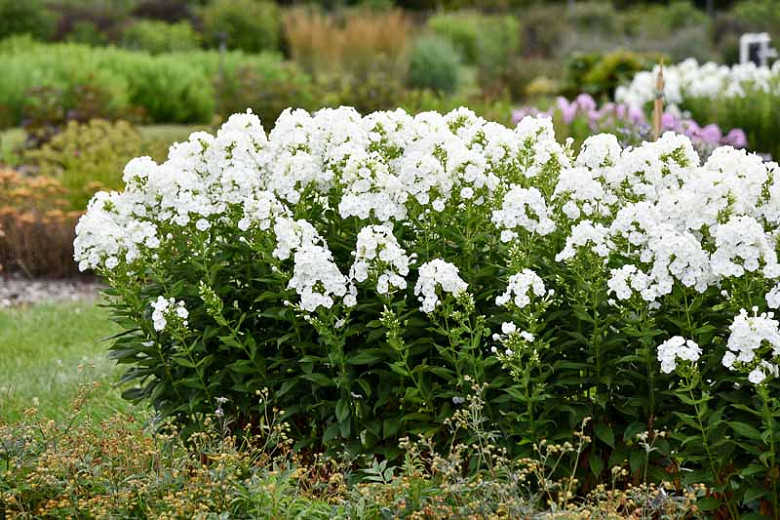
- Image 2: A pink garden phlox in full bloom. The flowers are smaller than the white phlox, but they are just as vibrant. The leaves are a similar shade of green.
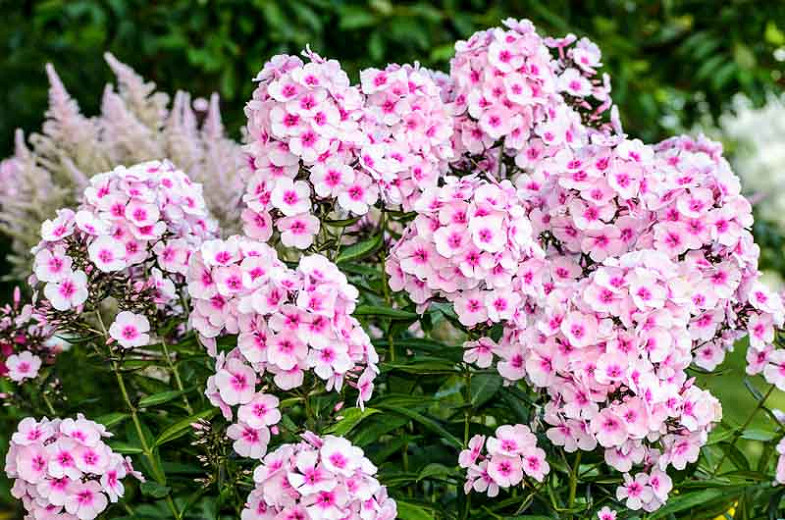
- Image 3: A blue garden phlox in full bloom. The flowers are a deep blue color, and they have a slightly darker blue eye in the center. The leaves are a lighter shade of blue-green.
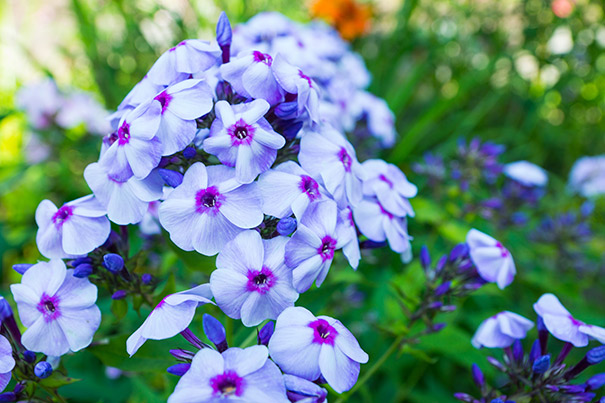
- Image 4: A lavender garden phlox in full bloom. The flowers are a pale lavender color, and they have a darker lavender eye in the center. The leaves are a similar shade of green.
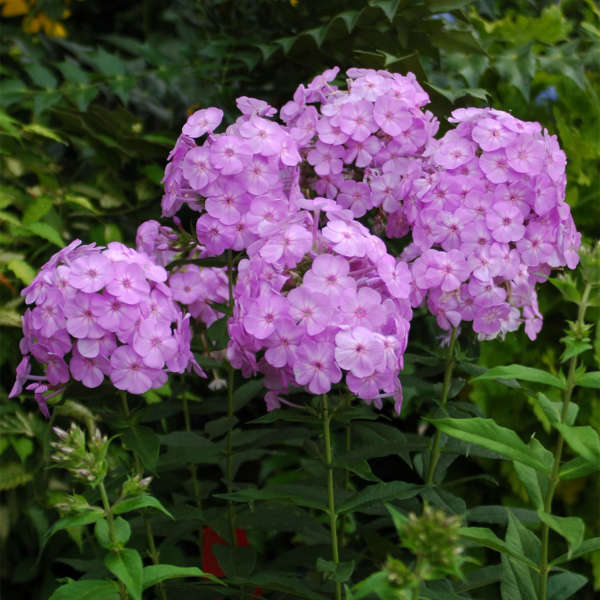
- Image 5: A red garden phlox in full bloom. The flowers are a deep red color, and they have a slightly darker red eye in the center. The leaves are a dark green color.
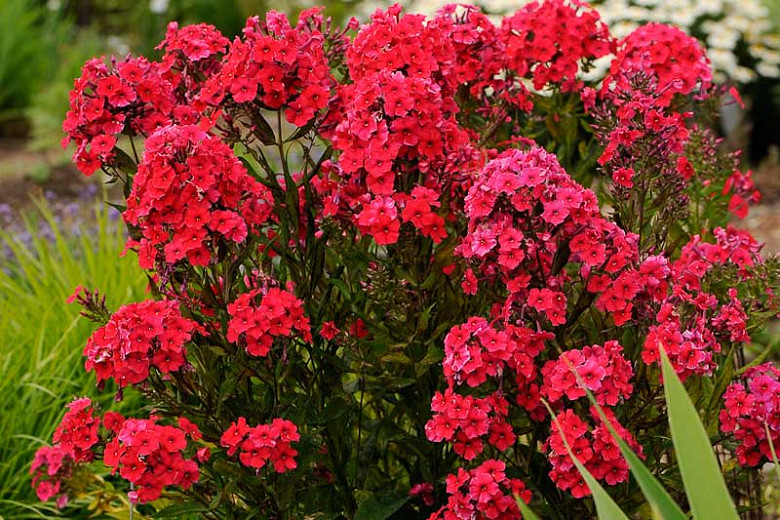
- Image 6: A white garden phlox with a single flower in bloom. The flower is large and open, with a delicate white petals. The leaves are dark green and lance-shaped.
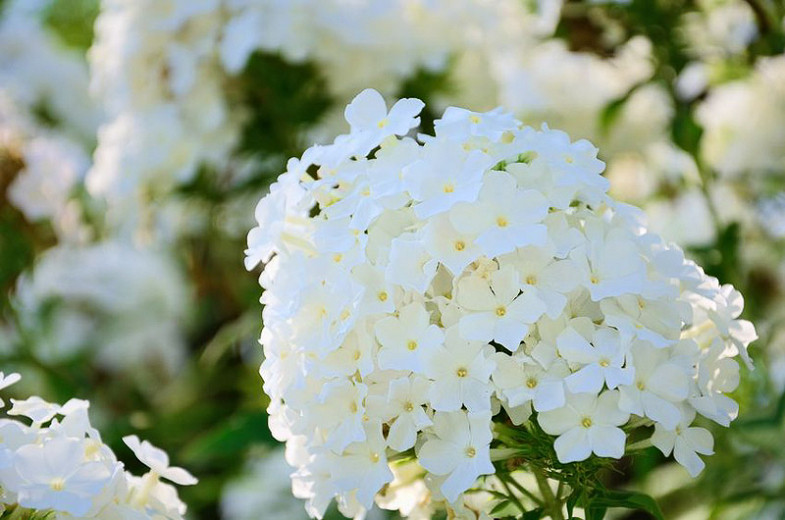
- Image 7: A pink garden phlox with a single flower in bloom. The flower is smaller than the white phlox, but it is just as vibrant. The leaves are a similar shade of green.

- Image 8: A blue garden phlox with a single flower in bloom. The flower is a deep blue color, and it has a slightly darker blue eye in the center. The leaves are a lighter shade of blue-green.
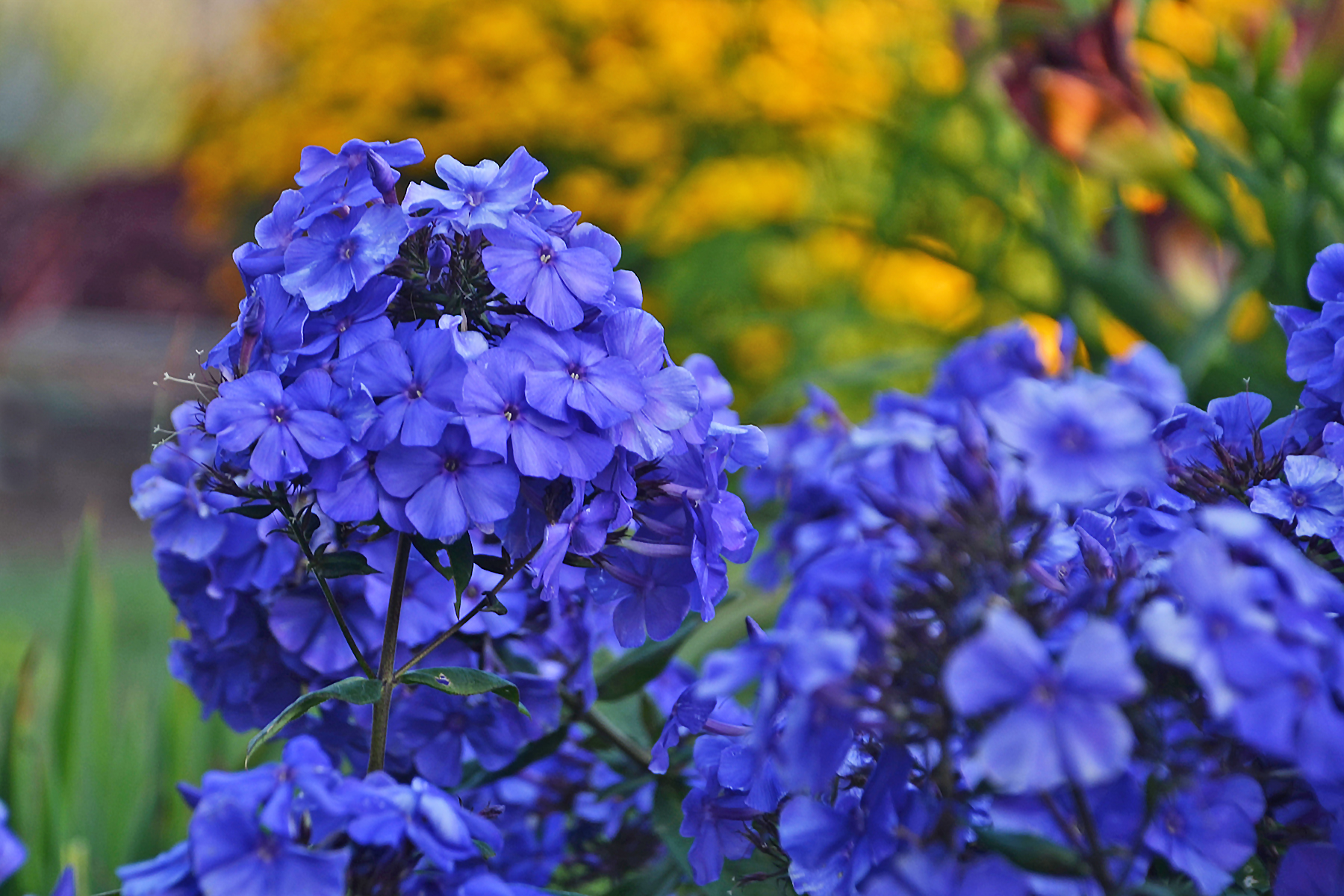
- Image 9: A lavender garden phlox with a single flower in bloom. The flower is a pale lavender color, and it has a darker lavender eye in the center. The leaves are a similar shade of green.
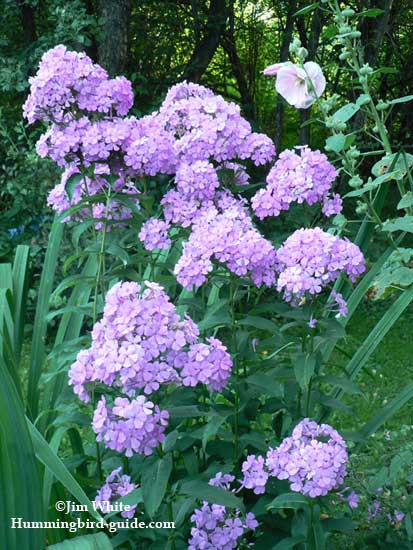
- Image 10: A red garden phlox with a single flower in bloom. The flower is a deep red color, and it has a slightly darker red eye in the center. The leaves are a dark green color.

Post a Comment for "How To Grow"